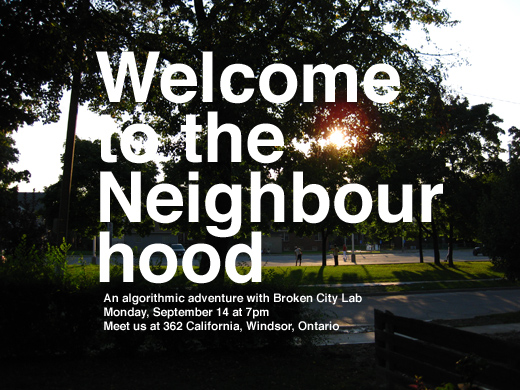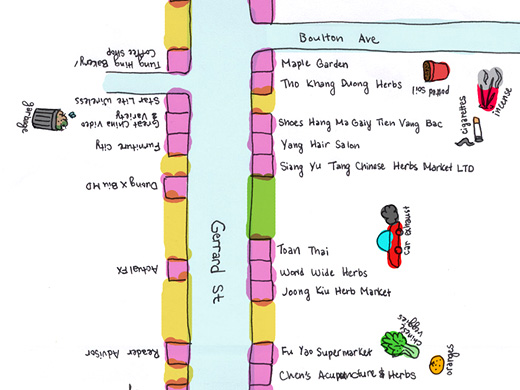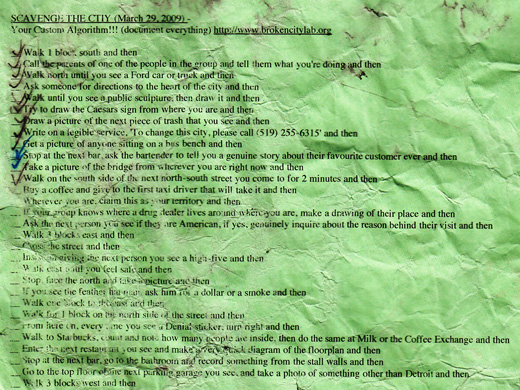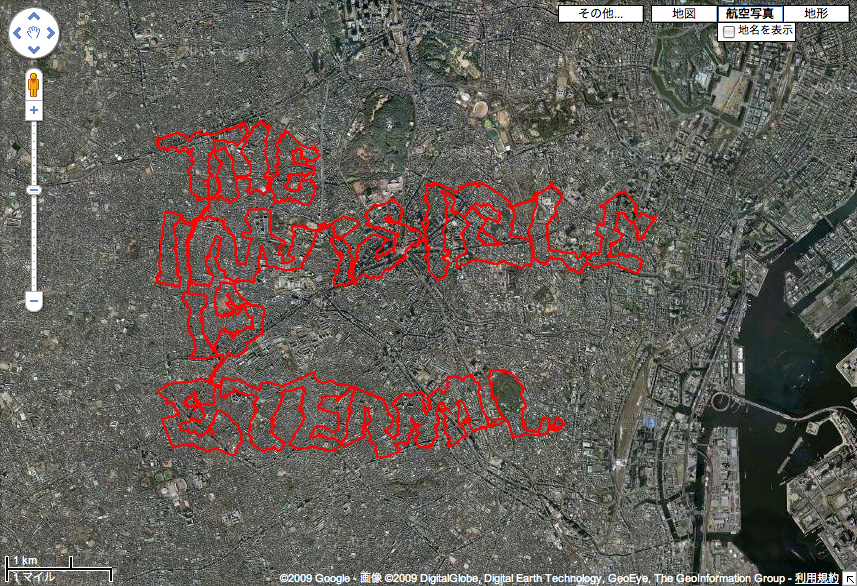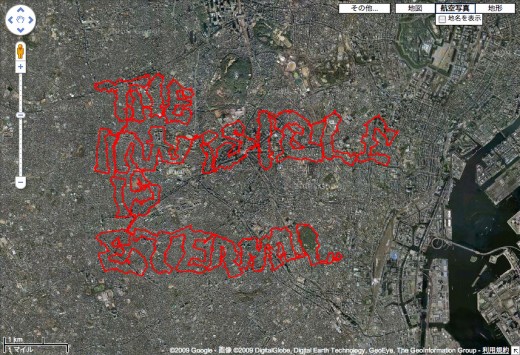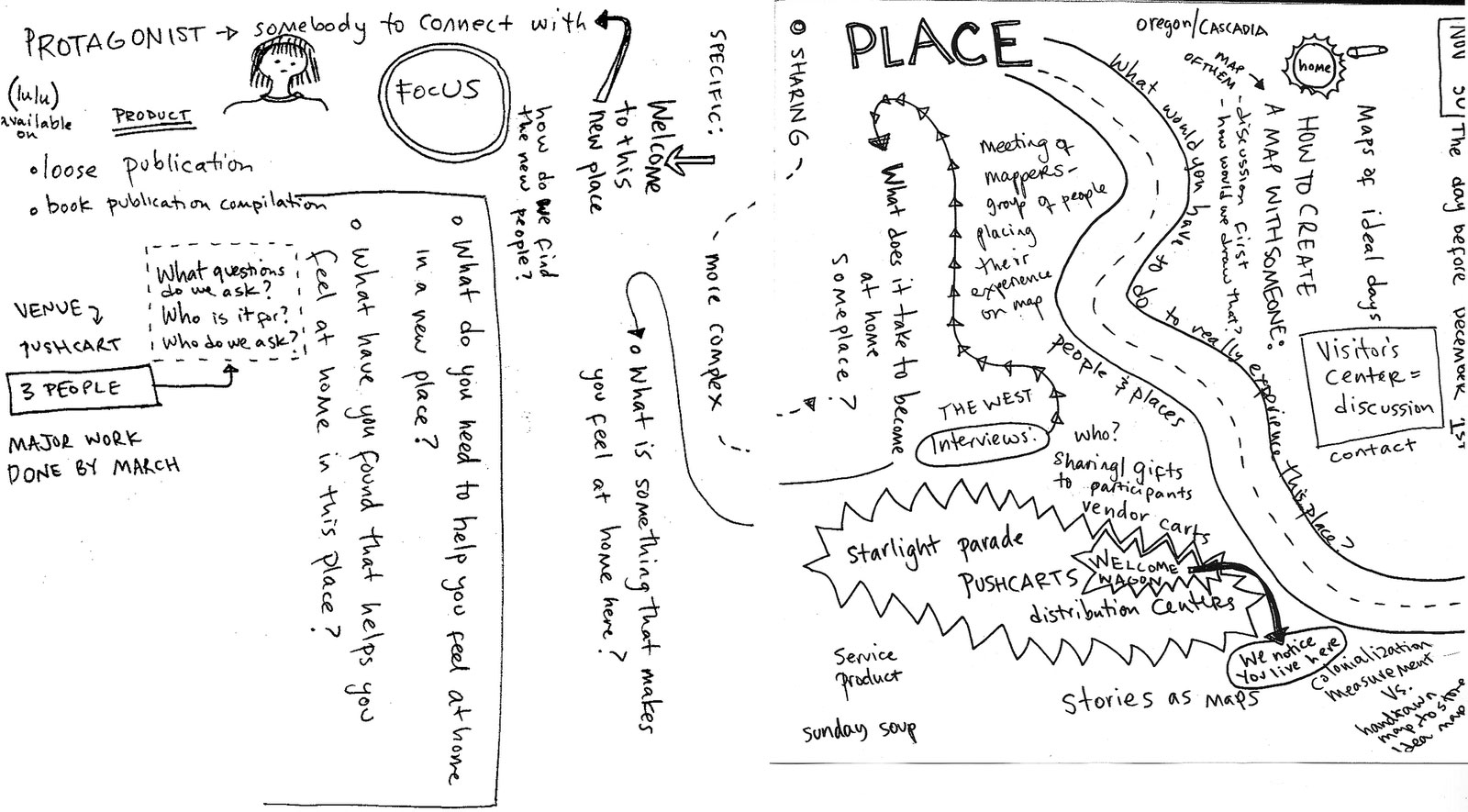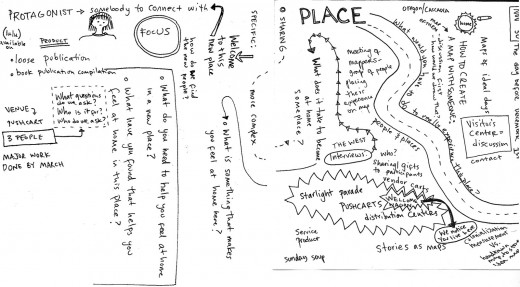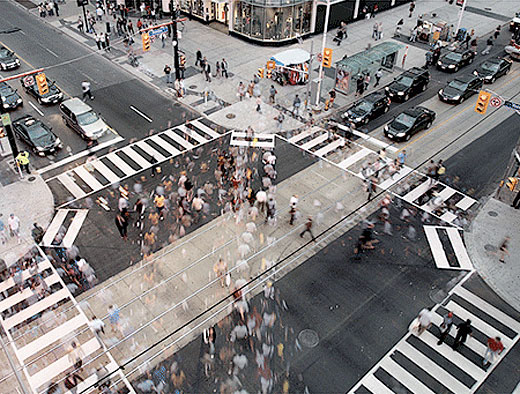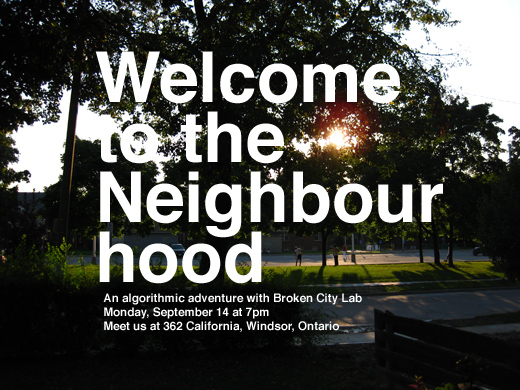
We’re hosting an algorithmic adventure to get to know our new neighbourhood. This adventure will be a psychogeographic walk of sorts starting at Broken City Lab Headquarters, which will take participants around the campus, student ghettos, the sculpture garden, Indian Road, and all of the little things that make this area worth exploring.
Everyone who shows up will get into small groups and share a list of instructions that will take them around the neighbourhood. These instructions will involve moving in specific directions, taking on specific tasks, and generally paying specific attention to the area around you. At each step in the algorithm, you’ll be asked to take a single photograph. At the end of the algorithm, when you return to BCL HQ, we’ll download your photos and upload them to our site to create a set of very specific views of the neighbourhood and generate a body of research on West Windsor much greater than we could ever do on our own.
This event will launch our fall activities and be the first of many open-house type events / workshops / office hours for 2009 / 2010!!!
The details:
Monday, September 14, 2009
Start at 362 California Ave at 7pm
End at 362 California Ave around 9pm
Bring your camera and bring a friend!


